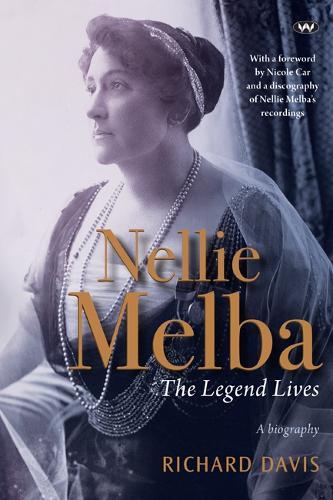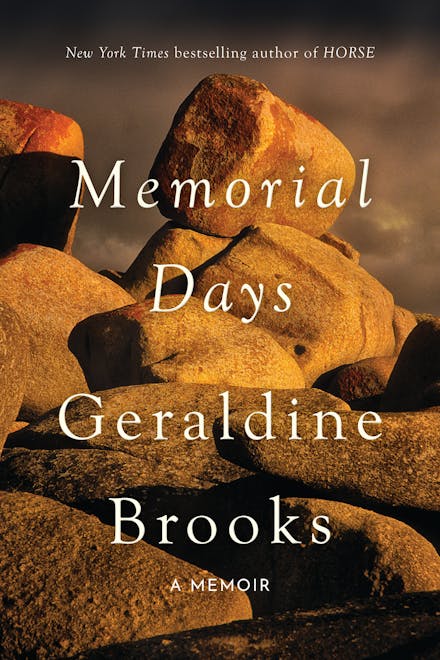Reading Early Modern Women’s Writing
OUP, $150 hb, 247 pp
Reading Early Modern Women’s Writing by Paul Salzman
The study of early modern women’s writing is today a thriving field, largely formed by innovative politically and sexually engaged work at the crossroads of historical and theoretical scholarship and teaching. What is often somewhat offhandedly referred to as the work of feminist recovery or canonical revision, an ongoing investigation of the print and manuscript archive of early modern women’s writing, was and is a charged project of materialist intervention and disciplinary critique designed to disturb, rather than simply supplement, the foundations of literary value and its pedagogical reproduction. The study of early modern women’s writing has been especially shaped by its engagements with the insights, assumptions and blindspots of the feminist literary history of post-Enlightenment women’s writing, the provocations and innovations of new historicism and cultural materialism, and the volatile encounter of identity politics, the politics of difference and the history of sexuality.
Continue reading for only $10 per month. Subscribe and gain full access to Australian Book Review. Already a subscriber? Sign in. If you need assistance, feel free to contact us.















Leave a comment
If you are an ABR subscriber, you will need to sign in to post a comment.
If you have forgotten your sign in details, or if you receive an error message when trying to submit your comment, please email your comment (and the name of the article to which it relates) to ABR Comments. We will review your comment and, subject to approval, we will post it under your name.
Please note that all comments must be approved by ABR and comply with our Terms & Conditions.